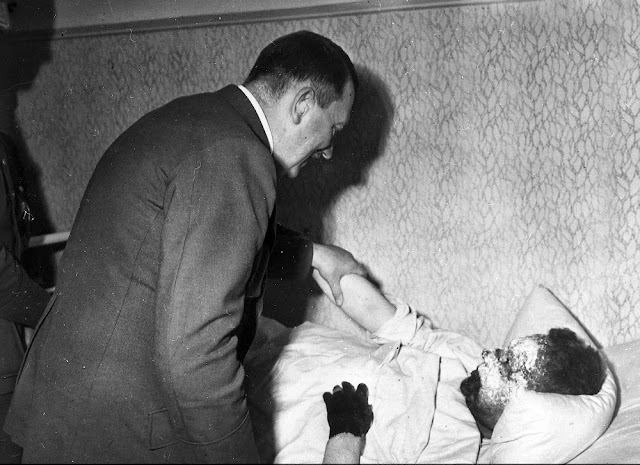The
Second World War was arguably the most significant period of the 20th
century. It brought about major leaps in technology and laid the
groundwork that permitted post-war social changes including the end of
European colonialism, the civil rights movement in the United States,
and the modern women’s rights movement, as well as the programs for
exploring outer space. The primary combatants were the Axis nations
(Nazi Germany, Facist Italy,
Imperial Japan and their smaller allies) and the Allied nations, led by
Britain (and its Commonwealth nations), the Union of Soviet Socialist
Republics and the United States of America. The Allies were the victors.
Two superpowers, the USA and USSR, emerged from World War II to begin a
Cold War with each other that would define much of the rest of the
century.
New nations seem to pop up with alarming regularity. At the start of the 20th century, there were only a few dozen independent sovereign states on the planet; today, there are nearly 200! Once a nation is established, they tend to stick around for awhile, so a nation disappearing is quite uncommon. It’s only occurred a handful of times in the last century. But when they do, they completely vanish off the face of the globe: government, flag, and all. Here then, in no particular order, are the top ten countries that had their moment in the sun but are, alas, no more. 10. East Germany, 1949-1990 East Germany , formally the German Democratic Republic or GDR ( German : Deutsche Demokratische Republik or DDR ), was a state in the Eastern Bloc during the Cold War period. From 1949 to 1990, it administered the region of Germany that was occupied by Soviet forces at the end of World War II —the Soviet Occupation Zone of the...












Comments
Post a Comment